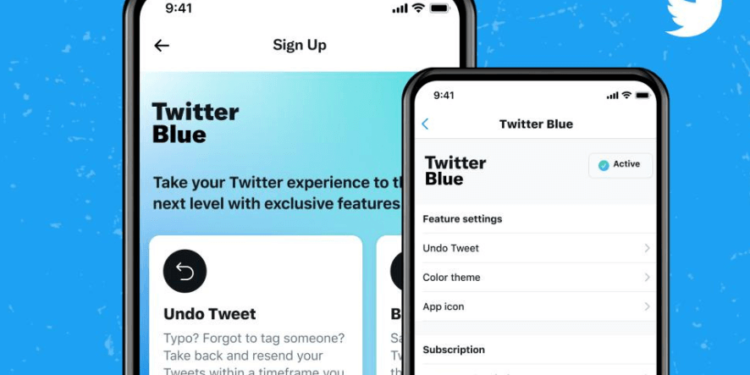Twitter Blue, which is undergoing a rebranding process to X Blue by Elon Musk, has introduced a new option allowing subscribers to hide their blue checkmarks. This feature provides users with the ability to mask that they’re paying for the service, avoiding jokes and memes targeting those who have paid for Twitter.
Historically, the blue checkmark on Twitter was used to verify account recognition or credibility. However, the system went into turmoil when Musk allowed anyone to be “verified” through a Blue subscription, leading to confusion and the creation of fake accounts. Subsequently, Twitter removed blue checkmarks from legacy verified accounts and altered how they were displayed. Blue checkmarks are now assigned to subscribers of Twitter Blue and users with one million or more followers.
By opting to hide the checkmark, Twitter Blue subscribers can make it less evident that they’re using a paid service. Although the checkmark will be hidden from profiles and posts, it may still appear in some areas, and certain features may reveal an active subscription.
Twitter’s rebranding effort includes renaming the service to X and replacing the traditional blue bird logo with an “X” as Musk seeks to create an “everything app.” This rebranding effort aligns with Musk’s ambition for the platform, which may include some form of payment system in the future.
Twitter’s introduction of the option to hide the blue checkmark for Twitter Blue (X Blue) subscribers reflects an interesting evolution in how the platform is adapting to its users’ preferences and the changing nature of online verification. The blue checkmark, once a symbol of authenticity, has undergone a transformation, raising questions about the true value of online verification in the age of paid subscriptions. The rebranding and ongoing changes under Musk’s leadership signal a more comprehensive shift in the platform’s identity and purpose, with potential implications for how social media services operate in the future. These developments deserve close monitoring as they may set new trends and standards in social media and digital identity.




















































